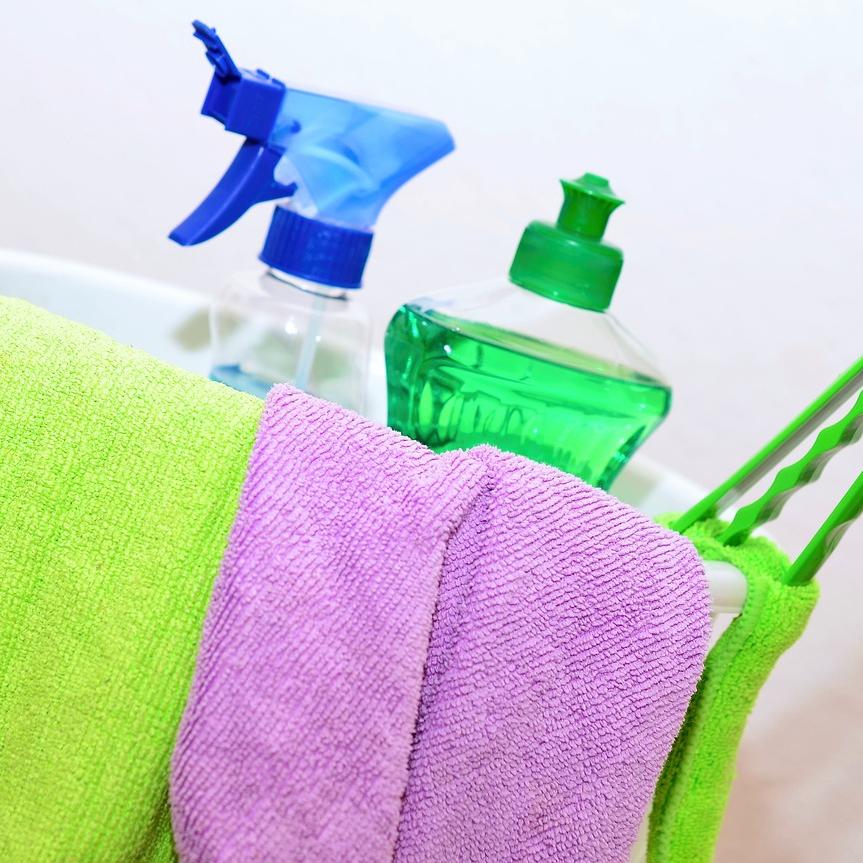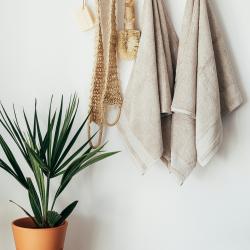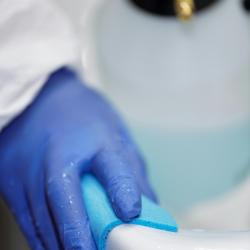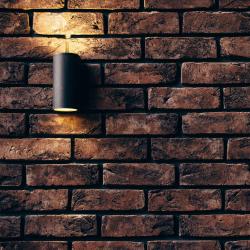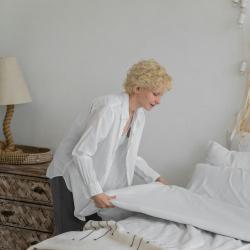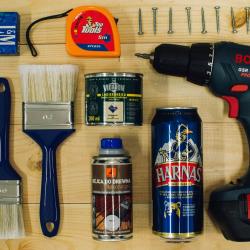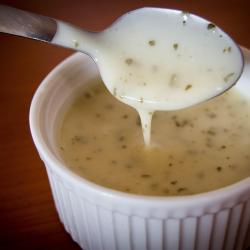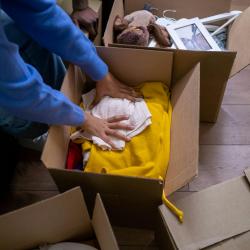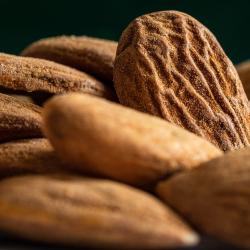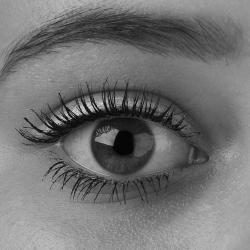How to Make Your Own Cleaning Supplies
Many people are turning to do-it-yourself (DIY) cleaning supplies. Making your own cleaning products not only reduces your carbon footprint but also offers a healthier and often more cost-effective solution for you and your home. Commercial cleaning products can contain harsh chemicals that might not be safe for children or pets, and their packaging adds to environmental waste. With homemade cleaning supplies, you can customize ingredients to ensure they are safe and eco-friendly. Here’s a guide on how to make effective homemade cleaning solutions using simple and natural ingredients.
Basic Ingredients
Before you start, it's important to gather some basic ingredients. These can be found in most kitchens or easily purchased from a local store:
- White Vinegar: Its acidity makes it effective at cutting through grease and eliminating odors.
- Baking Soda: A natural abrasive and deodorizer that can tackle stains and odors.
- Lemon Juice: Acts as a natural disinfectant and leaves a fresh scent.
- Essential Oils (such as lemon, tea tree, or lavender): These add a pleasant fragrance and can have antibacterial properties.
- Castile Soap: A plant-based soap that is a good alternative to harsher soaps.
- Hydrogen Peroxide: A mild disinfectant that can be used for cleaning and bleaching.
- Alcohol (such as rubbing alcohol or vodka): Useful for sanitizing surfaces and as a solvent.
All-Purpose Cleaner
Ingredients:
- 1 cup water
- 1 cup white vinegar
- 10-15 drops of essential oils (optional for fragrance)
Instructions:
- In a spray bottle, combine equal parts of water and white vinegar.
- Add the essential oils if desired to mask the vinegar smell.
- Shake gently before each use.
- Spray onto surfaces and wipe with a clean cloth. This cleaner works well for countertops, glass, and bathroom surfaces.
Bathroom Cleaner
Ingredients:
- 1 cup baking soda
- 1 cup warm water
- ½ cup liquid Castile soap
- 30 drops tea tree oil (optional, for its antibacterial properties)
Instructions:
- In a bowl, mix baking soda and warm water until it forms a thick paste.
- Stir in Castile soap and tea tree oil.
- Apply to bathroom tiles, sinks, and tubs with a sponge or brush.
- Let sit for 5-10 minutes, then rinse with water.
Glass Cleaner
Ingredients:
- 2 cups water
- ½ cup white vinegar
- ¼ cup rubbing alcohol
- 1 tablespoon cornstarch (to prevent streaks)
Instructions:
- Mix all the ingredients in a spray bottle.
- Shake well to ensure the cornstarch is fully dissolved.
- Spray on glass surfaces and wipe with a lint-free cloth or newspaper for a streak-free shine.
Floor Cleaner
Ingredients:
- 1 gallon hot water
- ¾ cup olive oil
- ½ cup lemon juice
Instructions:
- Combine all ingredients in a bucket.
- Mix well and use with a mop.
- This mixture works especially well on wood and laminate floors, enhancing shine and cleanliness.
Disinfecting Spray
Ingredients:
- 1 cup water
- ½ cup white vinegar
- ½ cup rubbing alcohol
- 10 drops lavender essential oil (optional)
Instructions:
- Combine all ingredients in a spray bottle.
- Shake well before use.
- Spray on surfaces and let air dry. This disinfectant is great for doorknobs and light switches.
Benefits of DIY Cleaning Supplies
- Eco-Friendly: Reduces waste and avoids hazardous chemicals.
- Customizable: Allows you to choose your favorite scents and adjust formulas based on cleaning needs.
- Cost-Effective: Uses inexpensive and readily available ingredients.
- Safe: Minimizes exposure to potentially toxic substances.
Conclusion
Creating your own cleaning supplies is an empowering and sustainable practice. By taking the time to make these natural cleaners, you’re taking a positive step towards reducing your environmental impact while also ensuring a safer household. Give some of these recipes a try and discover the benefits of DIY cleaning products for yourself.
